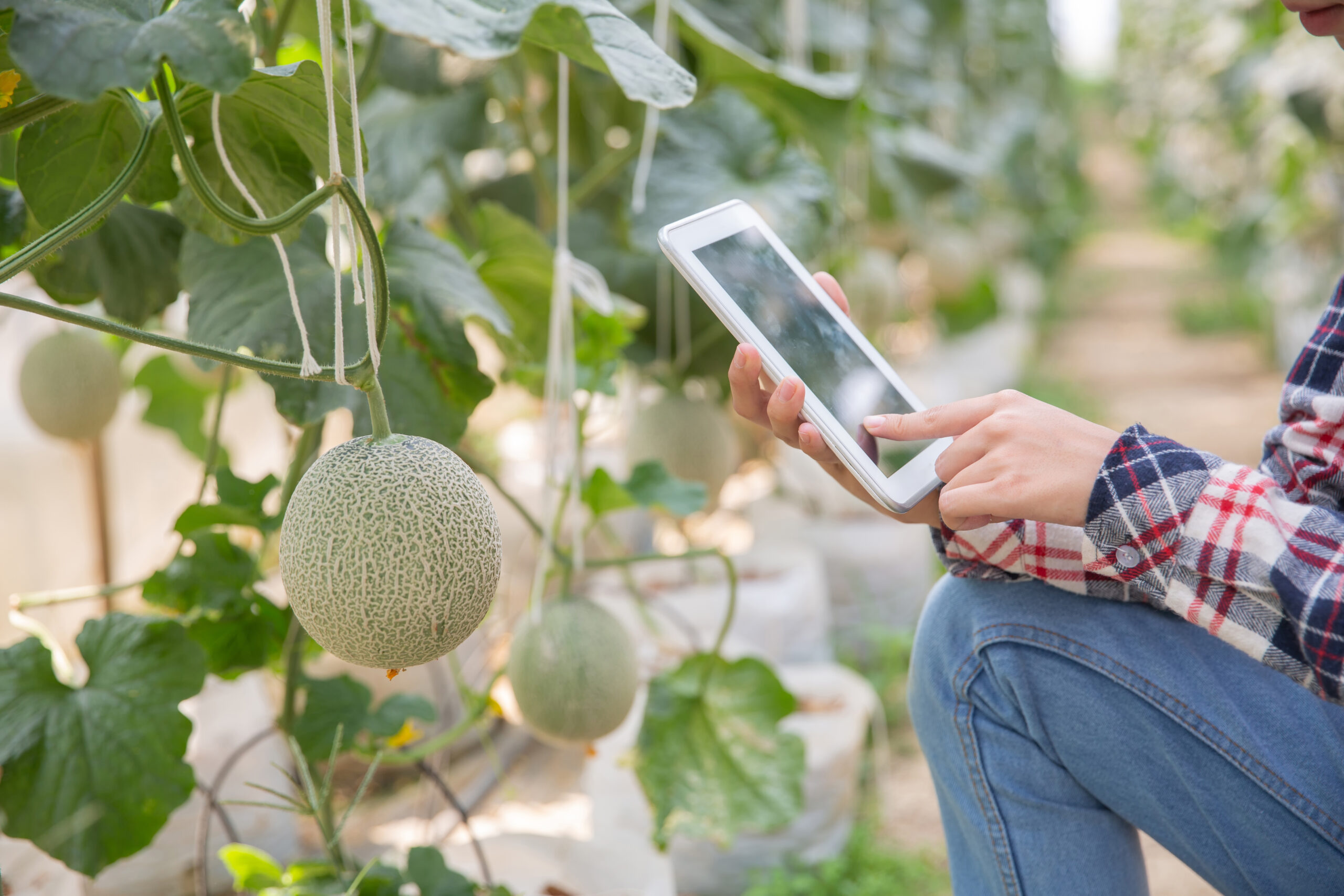Middleware can improve the agriculture industry by facilitating the collection, transfer, and analysis of data from various sources, such as sensors, IoT devices, and farm equipment. This can lead to a number of benefits, including:
- Improved efficiency and productivity: By collecting and analyzing data on things like soil moisture, temperature, and crop growth, farmers can optimize irrigation, fertilization, and other farming practices to improve yields and reduce costs.
- Greater precision and sustainability: Middleware can enable farmers to make more precise and data-driven decisions, which can lead to more sustainable farming practices.
- Better coordination and collaboration: Middleware can be used to connect the farm to other systems, such as those used by supply chain partners, to enable better coordination and decision-making. This can lead to more streamlined operations and improved supply chain management.
- Remote monitoring and control: By connecting farm equipment to a central control system, middleware can allow for remote monitoring and control of these assets. This can improve efficiency and reduce downtime by allowing for proactive maintenance and troubleshooting.
- Predictive maintenance: By collecting data on the performance of equipment, middleware can be used to predict when maintenance is needed, so the farmer can schedule maintenance before the equipment breaks down, leading to less downtime and cost savings.
Overall, middleware can help farmers to make better decisions, improve yields and save costs, and optimize the entire farming process.
There are several middleware frameworks that can be used in the agriculture industry to connect various systems and devices, such as sensor networks, farm equipment, and supply chain systems. Some examples include:
- MQTT: MQTT (Message Queuing Telemetry Transport) is a lightweight messaging protocol that is often used for IoT devices and sensor networks. It is designed for low-bandwidth, high-latency networks and is well suited for the agriculture industry.
- CoAP: Constrained Application Protocol (CoAP) is a specialized web transfer protocol for use with constrained nodes and networks in the Internet of Things. It allows devices to communicate with each other using similar protocols to HTTP, but with lower overhead and lower power consumption.
- OPC UA: OPC UA (Open Platform Communications Unified Architecture) is a platform-independent, service-oriented architecture that enables the secure and reliable transfer of data between devices, systems, and enterprise applications. It is often used in industrial automation, including the agriculture industry.
- AMQP: Advanced Message Queuing Protocol (AMQP) is an open standard application layer protocol for message-oriented middleware. The messaging pattern it defines can be used in various industries, including agriculture, to enable asynchronous communication between systems and devices.
- LWM2M: Lightweight M2M (LWM2M) is a device management protocol for IoT devices, that is designed for use in resource-constrained environments, like in agriculture. It is a client-server protocol that allows for remote management and monitoring of devices, and it’s designed to be simple and lightweight.
These are just a few examples, and the choice of framework will depend on the specific requirements of the system and the devices being connected.

Leave a Reply